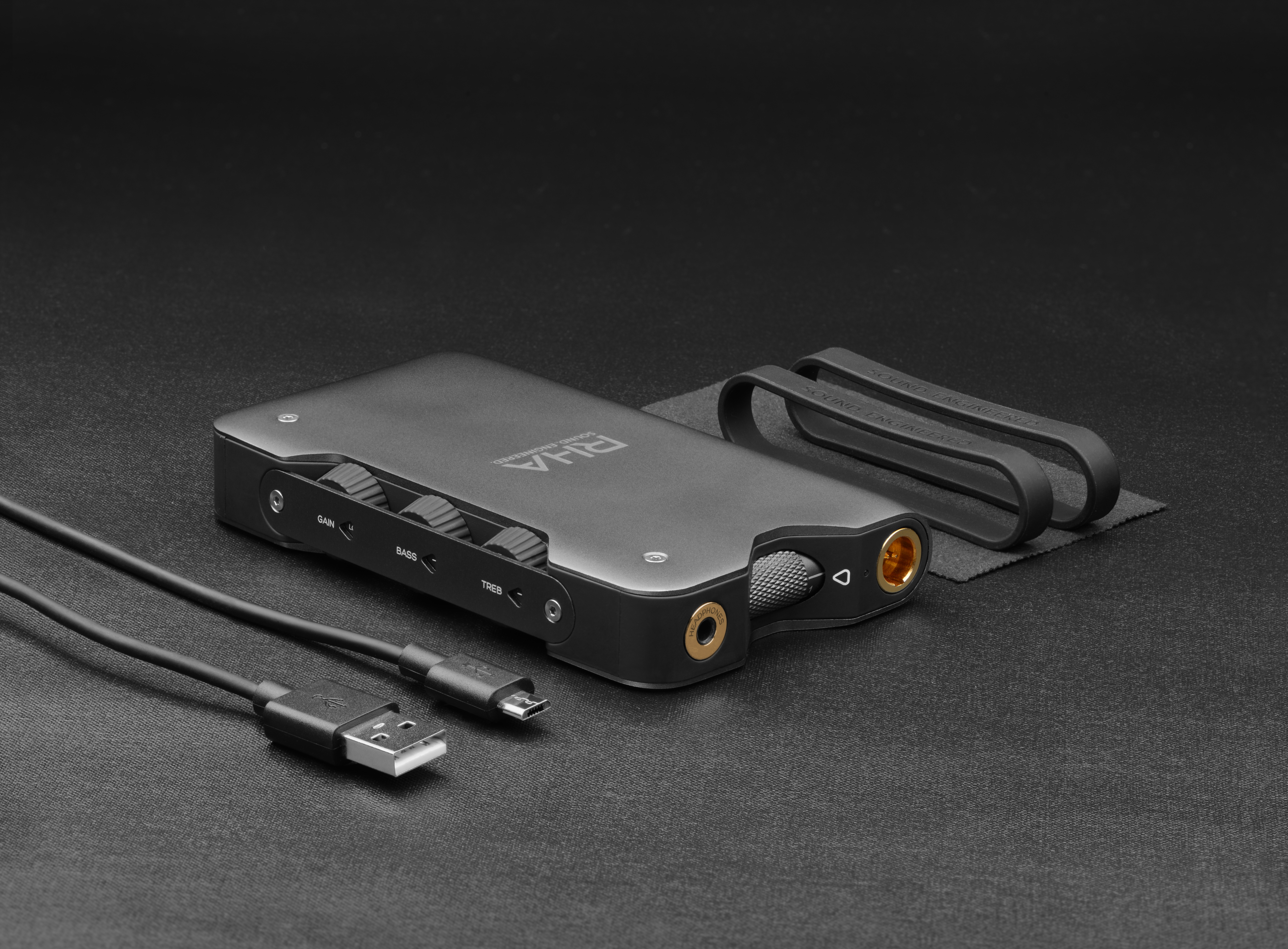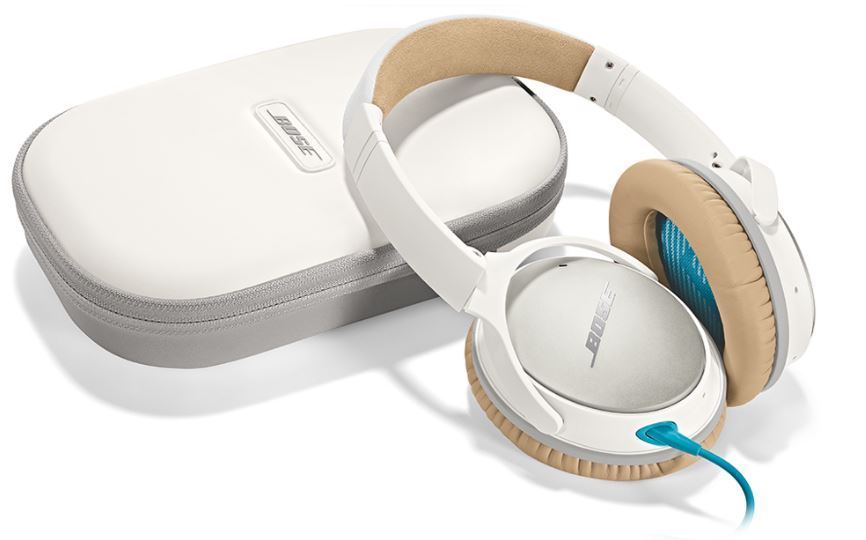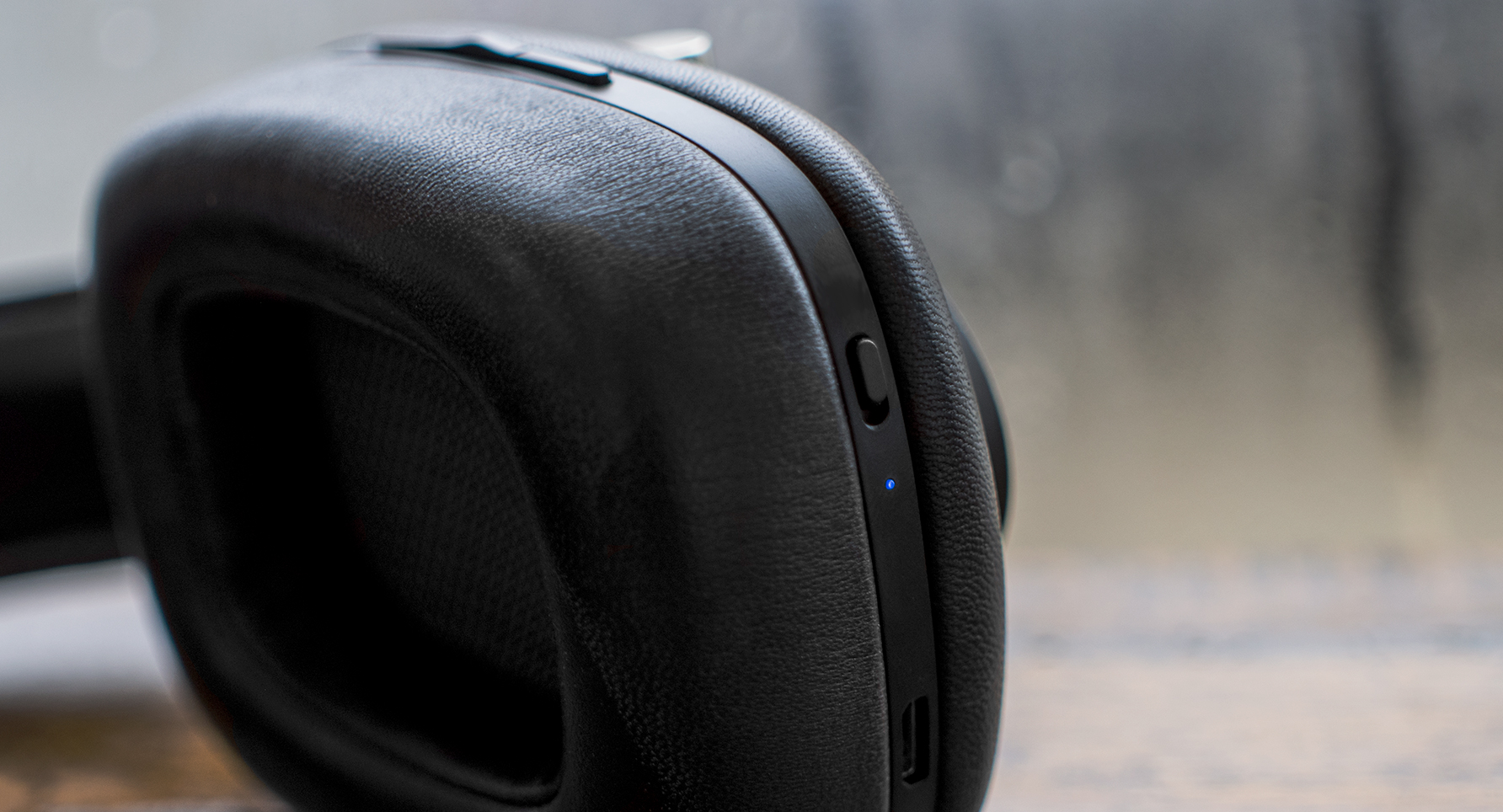All products featured are independently chosen by us. However, SoundGuys may receive a commission on orders placed through its retail links. See our ethics statement.
How to make your headphones sound better
September 3, 2025
So you’ve spent a bunch of money on a set of high-quality headphones, and when you go to use them the first time: they sound terrible. How is this possible? All the reviews said they were great—they should be amazing, right?
Let’s go over a few common problems with headphones and their solutions to see if we can’t get you back on track.
- This article was updated on September 3, 2025, to update language, content.
- This article was updated on July 26, 2024 to add updated information and retire old links.
- This article was published on March, 17, 2022.
Identify the problem
First things first, you need to put your finger exactly on what you find so objectionable. Take a listen to the headphones again, and ask yourself:
- Can you hear distortion?
- Are the headphones too quiet?
- Is the sound quality poor, or is it just tuned in a way you find objectionable?
- Is the problem something outside of the headphones?
We’re really looking for as many guideposts as we can to troubleshoot your headphones’ poor sound quality. The more specifics you can identify, the less difficulty you’ll run into in diagnosing the issue.
Why are my headphones too quiet?
If you bought wired headphones for your smartphone and they sound too quiet, the culprit is likely the power. You see, some older or more enthusiast headphone models just need more juice than your poor smartphone can provide. When that happens, they can sometimes sound kinda crappy, or really quiet.
Setting aside the nerdiest details for the moment, the most common reason why this happens is because of mismatched impedance. You see, every electrical circuit has some capacity to resist current, and headphones are no different. It used to be that headphones with a really high resistance to current could generally output sound with far lower distortion—making that a common feature in high end headphones. So it took a lot more juice to make them run as intended: you needed a dedicated amplifier.

Most headphones nowadays are a lot more power efficient, so this is a very rare problem. But it’s something you should know how to rule out if that might be culprit.
Solution: Get an amp (or new headphones)
If you’re absolutely sure your headphones aren’t broken, you may need an amp for your headphones. Though most new headphones will never have this issue because they’re designed to work more efficiently with smartphones, planar magnetic and other high-current cans will still need an amp of some sort.
So how can you tell if you need an amp? Click on over to the specifications pages of the products you’re looking at. Search for the “impedance” spec and take note of the number followed by the Ω symbol. The higher that number is, the more it resists current, and the quieter it can get with the same input. Most headphones designed for mobile use will hover around 16Ω or 32Ω, which is very easy for your smartphone to handle.
If you love your current headphones and want to amplify their signal, you can pick up any one of a number of portable amps like the FiiO A1 to help you out. Just be sure to look up the specs on whatever amplifier you’re buying first, and make sure the “output impedance” number in the specs is less than 1/8th the impedance of the headphones you’re using for best results.
Why are my headphones very noisy?
Sometimes, the things you connect your wired headphones to just can’t keep noise at bay. For whatever reason—maybe there’s a ground loop somewhere, or maybe there’s an internal component that for whatever reason isn’t properly shielded—there’s extra noise making life difficult. While it’s super rare for this to be the case nowadays, older computers and laptops can sometimes have this issue.
Solution: Get an external interface or DAC
In this case, you may want to use a DAC+amp unit to take the job of your computer’s sound card away from it. Sure, it’s spending more money when you probably don’t want to, but this is the most direct way to address the issue of an inadequate source if you’re listening to digital music.
Why do my in-ears sound bad?
While in-ears don’t always give you stellar results, but nine times out of ten if they sound really bad it’s because your in-ears don’t fit. This might sound like a cop-out, but it’s true: how your in-ears fit has a massive impact on the sound you get out of them.
Solution: Find foam or molding tips
Thankfully, this is a pretty easy fix. If none of the silicone bits that come with your in-ears fit your ear canal: get tips that fit to your ear, like a memory foam option. Instead of using a standard size and hoping it fits, memory foam will expand to meet your ear canal instead, ensuring a proper seal.
Possible bummer: Your in-ears may simply not ever fit
Of course, there is also the possibility that the in-ears you bought simply don’t fit and never will no matter how much you futz with them. Maybe the nozzle is too wide, or it’s the wrong shape. Maybe your ears have a unique shape and the bud’s housing presses too hard on your pinna so you can’t angle them correctly. If this is the case, you could try returning your product. The only way to avoid this issue entirely is trial and error, unfortunately, so take notes on what exactly went wrong if you’re committed to the idea that you want in-ears.
Why do my headphones sound great at home, terrible on the subway?
So if you’ve listened to music on the subway, bus, or other noisy-as-hell environment, you’ve probably noted just how bad it sounds. It’s tough to hear instruments, and sometimes notes just disappear under noise.
This is because your ears aren’t perfect like microphones. Instead, they will ignore sounds that are close in frequency to each other if one sound is much louder than the rest. This is called auditory masking.

Because outside noise can be close to musical notes in frequency, it’ll mask our music. There’s really only three solutions to this issue.
Solution 1: Avoid noise
This seems like a cop-out solution, but if you can avoid the noise: you won’t have this problem! But that’s not always possible, so onto more solutions.
Solution 2: Block out or cancel more noise
If you can’t avoid noise, you can either get a set of closed-back headphones, in-ears with foam tips, or active noise canceling (ANC) headphones. Either way, you’re either blocking out or destroying more noise, so you’ll have less to worry about when the sounds reach your ear.
Solution 3: Turn the volume up
Don’t do this. It’s technically a solution, but by increasing your music’s volume, it stands a better chance of masking out the noise rather than the other way around. You will damage your hearing this way.
Why do my Bluetooth headphones sound bad?
While Bluetooth is at a natural disadvantage over wired headphones despite what my colleague says, sometimes it just don’t sound as good as it’s supposed to. So what gives?

Well, the way Bluetooth works is that your phone and your headphones have to share common profiles—or you could think of it as “languages.” When your headphones and audio device pair, they both figure out what the best common codec they share is, and then use that. However, not all modern phones have the best codecs available, despite it being 2025 and having a large breadth of options to choose from.
When your headphones support a really good codec but your phone does not, then your phone and headphones will “agree” to use a different codec that they both share—likely SBC—which can deliver lower quality audio than you might expect.
Solution: Update your devices
It seems like an obvious thing to say, but it’s possible your drivers aren’t up to date. Try updating your phone if your Bluetooth audio should be working, but doesn’t. Sometimes it’s really that simple. Additionally, it’s possible that you need to update the firmware on your headphones, too. Install the app it came with and check to see if any updates are available.
Solution: Ensure you’re using the best Bluetooth codec available to you
If you’re using an Apple phone, that’s AAC. You’re already using it.
If you’re using an Android phone, however, you need to enable developer options to take a peek at which codec you’re actually using. Open up your phone’s “about phone” option in the settings, and find where it says “kernel version” (should be under “software information”). Tap it 10 times to enable developer mode, then back out of “about phone” and scroll all the way to the bottom of your settings. Open the developer options, then scroll down to where it starts listing Bluetooth settings. Once there, you can change the codec, sample rate, bit rate, and other settings.
Solution: Equalize your headphones
Now that there are third-party EQ apps and in-app EQ features that are halfway decent, you can try your hand at adjusting the sound to your liking. However, you may not have much luck with the presets that come included with apps. Just be sure to take it easy and you should be fine. Most app-based EQs don’t allow you to go too far with adjustments, but you may wind up with results that are a little weird if you try to adjust things too quickly.
Why can’t I hear more bass?
It may sound silly, but check that you’re wearing your headphones correctly. Fit is super important, not only for in ears and buds, but for over ears and on ear headphones too.
If you’re new to buying ultra-expensive headphones, you may have accidentally picked up a pair that was designed more for studio work or critical listening than you wanted. Despite what you might read, there’s really not many “bad” headphones out there anymore, just ones that are right or wrong for your needs. Anyways, the most common complaint I hear about ultra-expensive headphones is that they don’t sound how they “should.”
Why is this the case? Because what most headphones are tuned to sound like is very different than what many audiophile headphones sound like. Specifically, the frequency response—or how much each frequency is emphasized over others—is different.
Typically, audiophile and studio headphones will attempt to make every frequency play back at similar volume, sometimes referred to as a “flat” response. However, our ears don’t work like microphones, and our own biology is very different than sensitive electronics: we hear notes of varying frequencies as being very different than they actually are.
As you might have guessed, headphones made for casual listening don’t try to be perfect: they target a note emphasis that the manufacturer believes best represents their idea of good sound. This means that, for the most part, bass and treble will sound elevated, to recreate the experience of listening to louder music. If you’re used to listening to these headphones, pro or studio headphones are going to sound like they are deficient in the bass department.
Solution: Read more headphone reviews
This suggestion is self-serving, I know, but we’re here to prevent you from making a potential misstep when it comes to buying audio products. We can tell you what kind of headphones you’re about to get so you don’t have to go through the endlessly painful buy/return/buy cycle. Ever since we adopted HEAD acoustics’ Multi-Dimensional Audio Quality Scoring, we can simulate how a large group of people might rate any given headphones using machine learning, so it’s never been easier to make an educated guess before buying.
Solution: Equalize your music
Did you know that you can change how your music sounds from your phone? If you’re using an app that supports it, you can equalize your tunes to your liking. Essentially, you can drop the emphasis of specific frequency ranges so that your headphones will sound how you want them to, even if it doesn’t conform to any given standard.
Frequently asked questions
Equalize! If you have the ability, you can use an equalizer app or program on your computer (like Voicemeeter, Equalizer APO, True-Fi, or Dirac’s app) to reduce the emphasis in bass notes. It may take a lot of trial and error, but you’ll like the results.
Maybe! If you notice that you’re having a difficult time inserting the plug of your headphones into your smartphone, you may want to take a thin, rigid probe to try to scrape out pocket lint. However I should caution that without being able to see what you’re doing: you shouldn’t really try to do too much cleaning inside an electronic device. You might break or short it.
Thank you for being part of our community. Read our Comment Policy before posting.